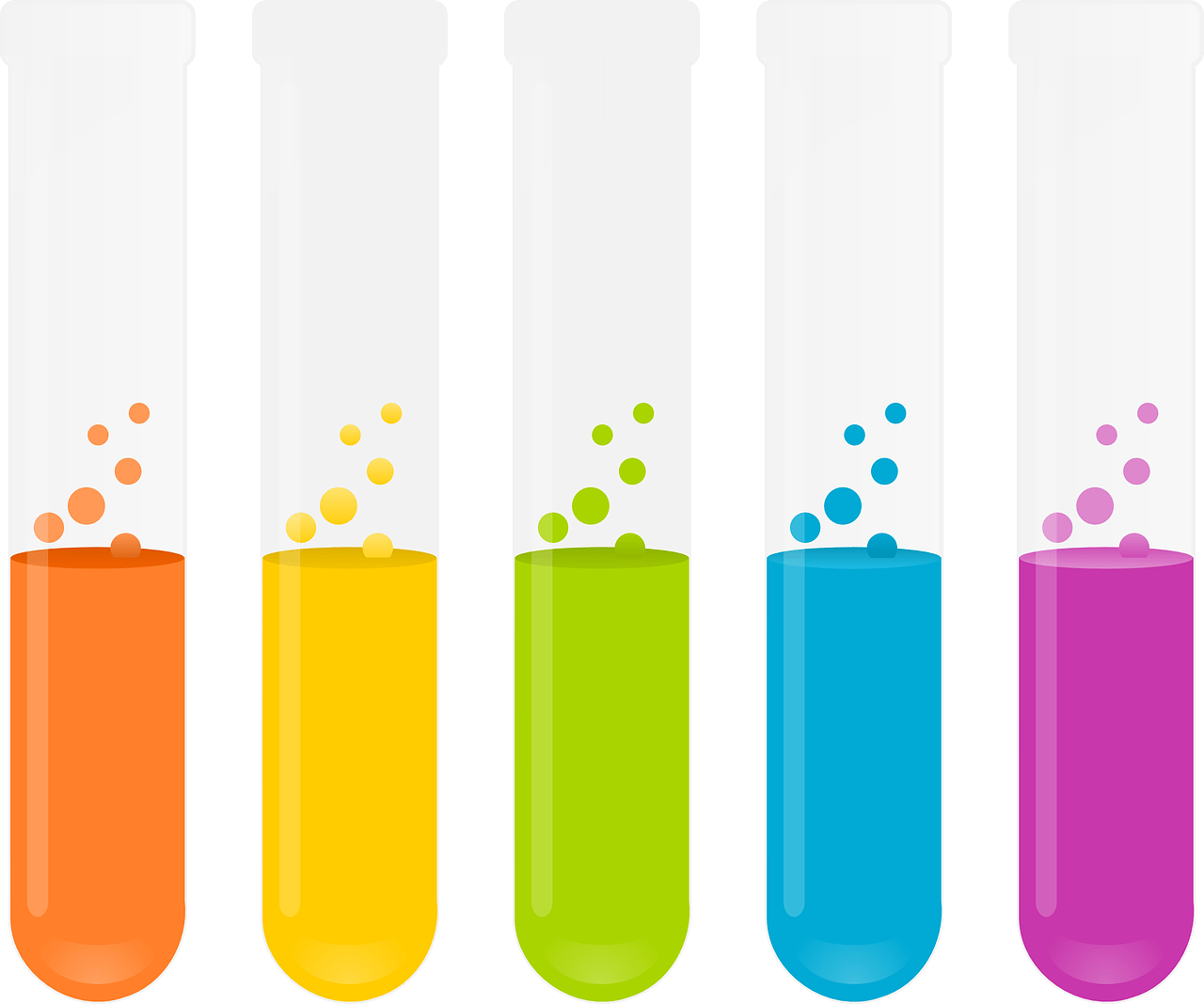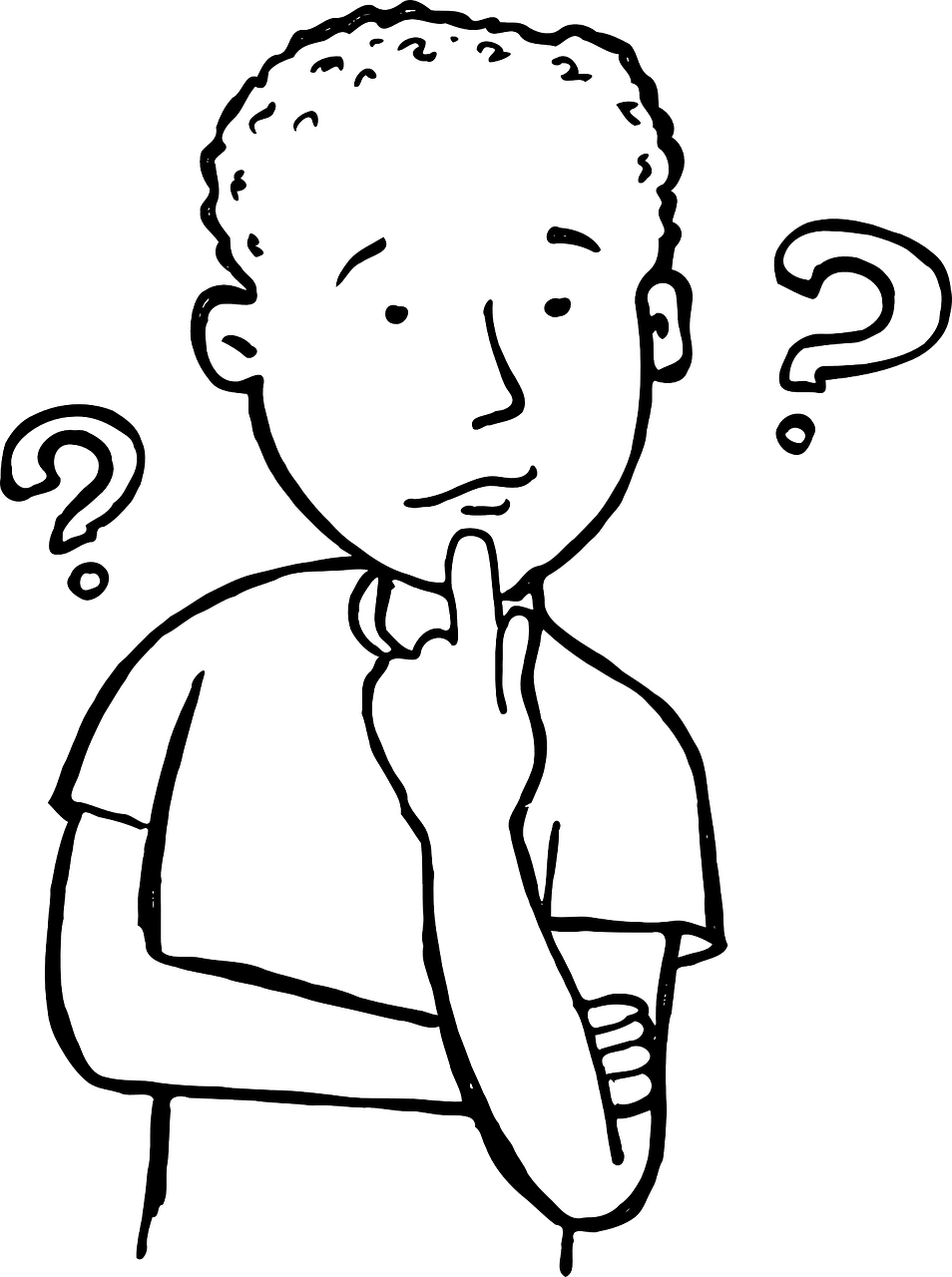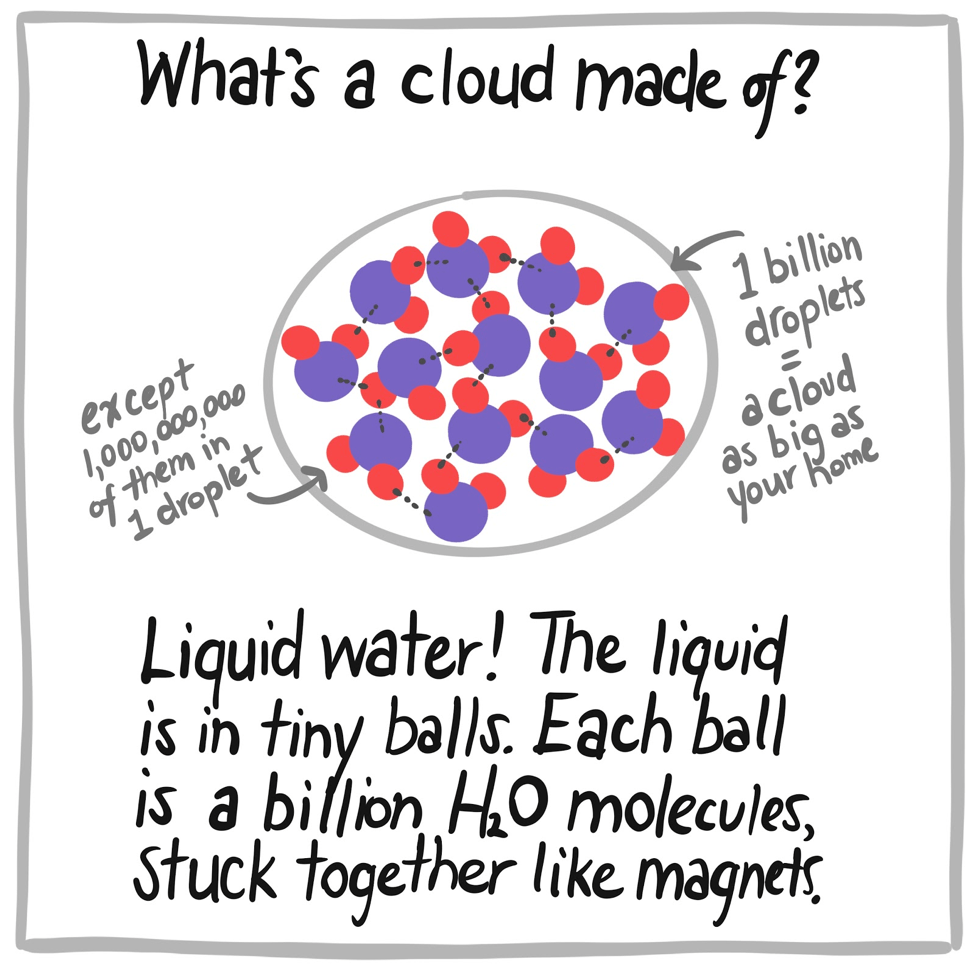All of a sudden, tens of millions of teachers around the globe are facing the same problem:
How do we engage students’ whole minds —through a spotty internet connection?
We’re seeing the limits to our standard educational answers. The methods many of us were taught were built for calm, focused classrooms — not for the rough-and-tumble “what-is-going-on-in-the-background?” that seems to describe so many of our students’ households in this pandemic.
Some students are doing quite well through this. But many students are not doing well at all.
Teachers across the world need something more powerful. They need methods that weren’t constructed for controlled classrooms, methods that were battled-tested over hundreds and thousands of years of diverse human experience.
They need the tools of IE. But most of them don’t yet know that these tools exist.
How can we help them — and help now?
As many tools as possible
I’m an elementary and high school teacher, and during this crisis, I’m putting the tools of IE to use in a series of two-week science classes I’m teaching over Zoom to kids around the world. (You can check them out at scienceisWEIRD.com)
In each lesson, we use as many of the IE tools as possible. Here’s a format we’ve found works again and again:
We start with a riddle, wrap it in a game, and puzzle out the answer together — using metaphors, images, and experiments as hints. Then we end by drawing a cartoon, and discussing a mystery.
What can this look like? Let me show you the lesson for the first day of our course, “Clouds are Weird.”
We start with a riddle…
What’s a cloud made of? It seems like an easy question, I know, but… well, what is it made of?
Is it air? Clouds have some air inside them, but they aren’t primarily made out of air — if they were, we’d never notice them.
Is it water vapor? Here’s an interesting thing about water vapor: you’ve never seen it before! Water vapor is the same thing as “humidity” — it’s invisible. Any water that you can see (steam, your breath on a cold morning, a cloud) must not be water vapor. So while there is some water vapor in a cloud, clouds aren’t primarily made out of vapor.
So: what is a cloud made of, anyway? (Have I got you hooked yet? That’s the goal of the starting riddle. Keep reading!)
What counts as a riddle?
A riddle is any question that (1) seems solvable, (2) actually is solvable, and (3) forces you to see the world in a new way.
“What’s the room immediately behind your toilet?” is one of my favorite riddles. The answer is going to be something you already knew — a room somewhere else in your home — but to find which room, you’ll need to see your home in a new way. (Well, it’s only a “new” way if you’re not a plumber…)
For science lessons, I like to use simple questions for my riddles — basic questions about science that a 5-year-old might ask, but that someone with a Ph.D. might have a hard time explaining: Why is the sky blue? Why do we have eyebrows? Why do cars create pollution?
wrap it in a game…
Now the class can ask me up to twenty questions to figure out the answer. The trick: each one has to be a yes/no question.
(I’m being lazy, here — I’m just borrowing the rules from the classic children’s game “20 Questions”.)
There are even more rules: to ask a question in our virtual classroom, students raise a finger and wait to be called on. And when I call on them, they have only five seconds to unmute themselves, ask the question, and re-mute themselves. (When they do, I give the class a point — a sort of meta-game that works wonders for helping the class stay focused.)
So many limits, right? Why only yes/no questions? And why only 20 of them? And why only 5 seconds to answer?! You might think that the science game would be more fun if we didn’t limit the questions, but — I think you’d be wrong!
What counts as a game?
The strangest thing about fun, writes game designer Ian Bogost in his book Play Anything: The Pleasure of Limits, the Uses of Boredom, and the Secret of Games, is that it’s defined by limits.
If you just tried to put a small white ball into a hole, it wouldn’t be fun. But say that people can only hit the ball with a metal stick, and tell them to hit it as few times possible, and make them wear ridiculous clothes — well, then, you have golf!
Limits help us focus intensely on some small piece of human experience. Counterintuitively, limits free us to go deep.
and puzzle out the answer together…
The next 60 minutes is a wild scramble, a hyperactive idea playground. I plan out the tools ahead of time, but I don’t plan out the sequence. As students ask questions, I use those questions as opportunities to bring in some of the tools.
The overall effect is to emulate what a creative mind is like. Creativity is frenetic and nonlinear: our brains make guesses, try half-baked ideas, narrowly avert disaster. And that’s what it’s like to be in our class — we play with ideas at lightning speed, making mistakes, but always learning, learning, learning.
The students’ questions drive the class forward; as the teacher, I merely steer.
using metaphors…
In this class, I can cheat — almost all of the students have taken a previous course (“Water is Weird” — you might notice a pattern!) in which we gradually built up a metaphor library for water:
- H2O = a magnet shaped like Mickey Mouse
- hydrogen bond = a chain
- ice = Mickey in a supermax prison
- liquid water = Mickey in a chain gang
- water vapor = Mickey, freed
Today, we add in just one new metaphor:
- a water droplet = a ball of one billion Mickeys in a chain gang
What is a metaphor?
A metaphor is when we pretend that something new and unexplained is really just the same thing as something old and understood.
In a curious way, a metaphor is a lie. A hydrogen bond isn’t really a chain; evaporation isn’t Mickey breaking his chains and escaping into the sky! You might think that metaphors are therefore dangerous for understanding, that we should be very careful around them. You’d be right!
But metaphors are also essential. It’s possible that we literally cannot do without them: some cognitive scientists think that they are our brains’ one trick, the fundamental way minds make sense of the world. It’s possible that what we mean by “understanding” science is little more than having many metaphors that interlock.
By stocking students’ minds with metaphors, and helping students play with the metaphors, we equip them to puzzle through new scientific phenomena for the rest of their lifetimes.
images…
We all know what images are, of course, and any class on clouds has to have many photographs and videos. (Clouds just look so strange!) But the full value of an image comes when it gets us to feel something and so burns itself into our memories.
For this lesson, we’re using a close-up image of fog (a type of cloud), and helping students to imagine themselves walking through the fog on the shore of a lake. We help them prepare by having them close their eyes. How does it feel? How does it sound?
And then they open their eyes and see the close-up image of the fog: dozens of specks floating in front of their face, each a tiny piece of fog.
Huh — clouds come in pieces! If they can feel this, it can stick in their memories.
 …and experiments as hints.
…and experiments as hints.
Today’s experiment: can you yourself make a cloud?
We talk a little about this, and then I give the students a few minutes to run through their home and see if they can make one. When they struggle, I give hints —
- Could you make one on the side of a glass?
- Could you make one in a cold car?
- Could you make one when you open the freezer?
What makes for a good experiment?
As a student, I hated doing class experiments. When I was in science classes, experiments actually lessened my scientific curiosity:
- The teacher told us what we would see,
- they conducted the experiment, and then
- they told us to write what we saw,
- marking us down if we didn’t see what they said we would.
Oh, the joy of science.
It’s interesting: we get the word “experiment” through the Old French word esperment. And do you know what esperment meant? “Cunning.” “Practical knowledge.” And my favorite: “enchantment.”
How far experiments have fallen! I must confess myself a newbie at giving experiments: I’m still learning how to use them to rivet students. I have, however, found some success in giving kids hints as to what they might see… and then letting them try it out for themselves.
If it’s not risky, it’s not an experiment.
Then we end by drawing a cartoon…
A cartoon, of course, is very different from a photograph. While a photo helps us perceive, feel, and think by giving details, a cartoon helps us perceive, feel, and think by stripping the details away.
And students usually like drawing them! At the very end of the lesson, we take ten to fifteen minutes to draw a cartoon that embodies what we’ve learned in the lesson. I’ve already drawn a version of the image, and students imitate it — making improvements and personalizing it where they can.
The top of the cartoon always asks the simple question that we started with, and the bottom always gives the answer. In the middle is the drawing, which I try to make as punchy as possible.
Insofar as it’s possible in remote learning, students collect their cartoons into a booklet. How cool it will be when they can have dozens of these cartoons to refer to as they get older!
…and discussing a mystery.
The learning doesn’t stop there — what we’ve learned is a launching point for bigger questions.
Some of those we’ll explore later in the course — how does water vapor get into the sky? Why does the vapor turn into a liquid? Are clouds ever made of something else?
Some of them are beyond this short course, though, and we like to raise at least one of them right before we draw the cartoon.
- Can any other molecule be a solid, a liquid, and a gas?
- Are there any other phases that water can be?
What makes for a good mystery?
“We are surrounded by mystery,” writes Professor Egan, “and what we know is fascinating.” A good mystery reorients the student to seeing that the point of learning isn’t to commit someone else’s answers to memory, but to probe the unknown.
But: whose unknown?
Some questions are answerable, but go beyond what the class will cover — those made good mysteries.
Other questions are answerable, but not by the teacher! Those make great mysteries.
And still other questions are questions that the scientific community doesn’t yet know the answer to — such as “what is a covalent bond, really?” Those make the best mysteries of all — they can spur students into entering science to answer them. What a joy to discover there still are dragons to slay.
In IE, we have the tools.
Many others have noted that the pandemic is bringing a decade of change into a single year. In medicine, technology, economics, politics, and so much else, COVID-19 has been bringing the future here faster than anyone could have seen coming.
I’m hopeful that this pandemic could do the same in education. Many parents have been seeing with their own eyes the schlock that has been passing for “learning” in too many schools: dreary worksheets, meaningless reading, uninspired instruction.
And they’re not liking it.
This could be our community’s opportunity to show parents what works in engaging kids in real learning. Because the tools of IE really do engage kids — which makes sense, because they’re the tools of communication that humans have honed for millennia!
Maybe — just maybe — our community of IE educators across the world can take the opportunity provided by this crisis (and these spotty internet connections!) to make a decade’s worth of real educational change.
More about the Author
Brandon Hendrickson lives in Kirkland, Washington, USA, and teaches various grades and subjects. If you have insights into how IE can enliven science experiments, he’s eager to hear from you! He can be found at [email protected], and at www.scienceisWEIRD.com.












Hi Brandon,
great ideas on how to engage students that are remote. Games, metaphors and narratives are always engaging…..as long as you are not given the answer straight away but are lead to it.